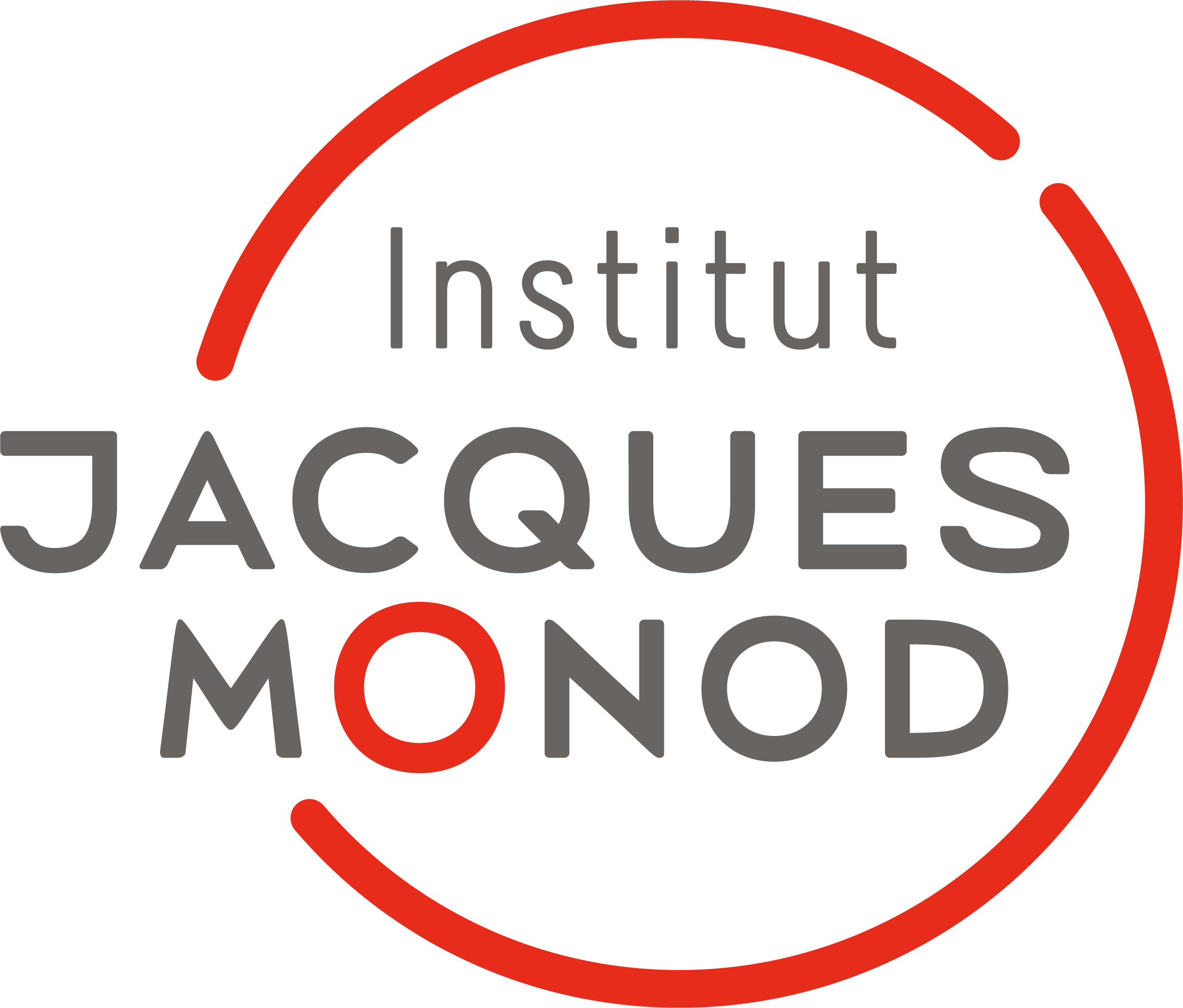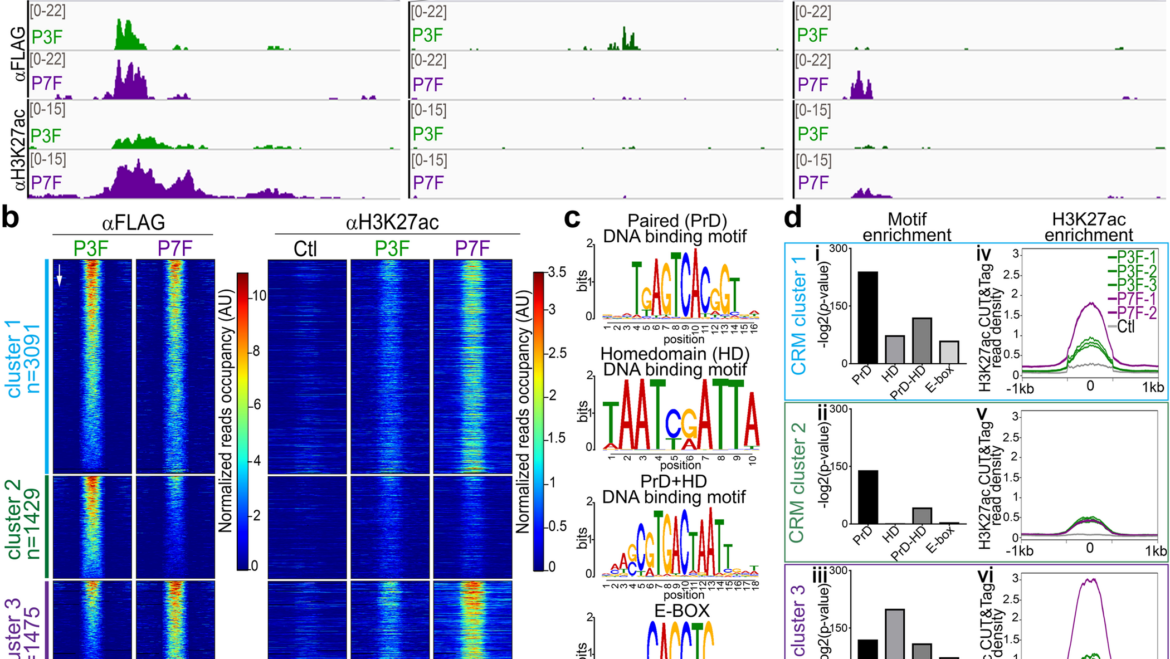Félicitations à l’équipe Ribes pour ce nouvel article publié dans PLOS Genetics!
Divergent transcriptional and transforming properties of PAX3-FOXO1 and PAX7-FOXO1 paralogs
Abstract
The hallmarks of the alveolar subclass of rhabdomyosarcoma are chromosomal translocations that generate chimeric PAX3-FOXO1 or PAX7-FOXO1 transcription factors. Overexpression of either PAX-FOXO1s results in related cell transformation in animal models. Yet, in patients the two structural genetic aberrations they derived from are associated with distinct pathological manifestations. To assess the mechanisms underlying these differences, we generated isogenic fibroblast lines expressing either PAX-FOXO1 paralog. Mapping of their genomic recruitment using CUT&Tag revealed that the two chimeric proteins have distinct DNA binding preferences. In addition, PAX7-FOXO1 binding results in greater recruitment of the H3K27ac activation mark than PAX3-FOXO1 binding and is accompanied by greater transcriptional activation of neighbouring genes. These effects are associated with a PAX-FOXO1-specific alteration in the expression of genes regulating cell shape and the cell cycle. Consistently, PAX3-FOXO1 accentuates fibroblast cellular traits associated with contractility and surface adhesion and limits entry into S phase. In contrast, PAX7-FOXO1 drives cells to adopt an amoeboid shape, reduces entry into M phase, and causes increased DNA damage. Altogether, our results argue that the diversity of rhabdomyosarcoma manifestation arises, in part, from the divergence between the genomic occupancy and transcriptional activity of PAX3-FOXO1 and PAX7-FOXO1.


